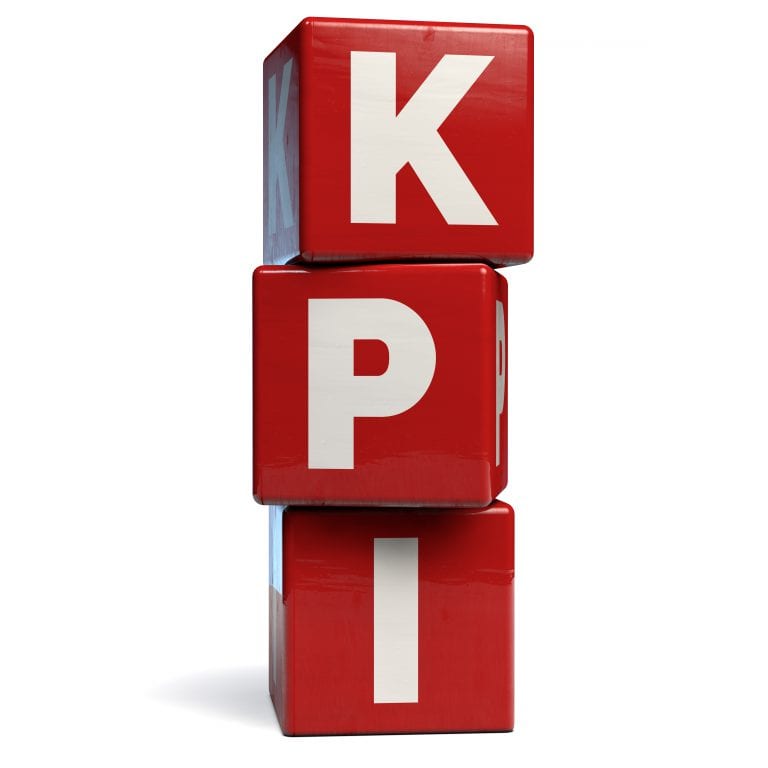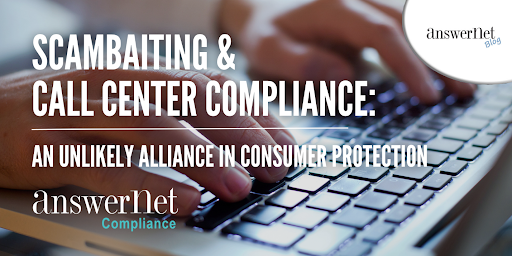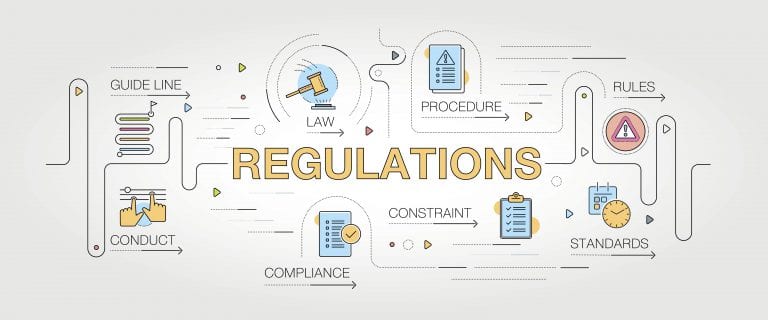Telemarketing companies use Key Performance Indicators (KPIs) to measure, evaluate, and assess the performance of their campaigns.
KPIs help paint a picture of how the program is going and if it’s succeeding or failing. They also can help determine if there may be issues with the script, leads, or the agents.
For telemarketing companies, when it comes to reporting, we must provide all the information needed to evaluate the program from top to bottom in an easy-to-read report.
This way, they have the data and can make the necessary adjustments to ensure a successful program for both the call center and the client.
Here are 8 Key Performance Indicators (KPIs) that should be included in reports for telemarketing companies.
1. Sales Per Hour (SPH)
This metric is defined as the number of sales made divided by the number of hours and is standard for telemarketing companies to use to measure success. The number of sales in an hour is a common question we hear multiple times throughout the day and is an essential KPI because we strive to get the most deals each hour to succeed.
Although the SPH is very significant, it is just as important to know that it’s not the only metric that matters.
Other KPIs include Contacts Per Hour, Talk Time, and Conversion Rate. These are all essentials for a team to be evaluated as they all play a role in helping increase the SPH.
2. Contacts Per Hour (CPH)
This is how many contacts the agents can make each hour (total contacts divided by total hours). This is important because if the agents are not contacting customers, they cannot sell to them.
CPH can be evaluated in many ways.
-
- Determine if there are certain hours throughout the day that peak for reaching contacts or assess if it’s a particular day.
- When you can identify the best time for contacting customers, it certainly provides an advantage in setting the team up for generating more sales.
- If the CPH is low, dig into the data and ask why. Consider if the list is good or if there are potentially a lot of bad numbers.
3. Conversion Rate
This calculation comprises the number of opportunities the agents spoke with that turned into a sale (total contacts divided by total sales).
So regardless of how many hours are spent on a campaign, this helps evaluate how the team is doing when they reach a decision maker. This is important to know on many levels.
If the conversion rate is low, it’s essential to evaluate why. Although we all desire the highest conversion rate possible, we must be conscientious of the quality of sales generated.
Questions to ask:
-
- Is the script solid, or could it use some fine-tuning?
- Are the agents using appropriate rebuttals?
- Are the agents calling into the right market?
4. Average Talk Time (ATT)
This is the average time an agent talks to the customer on the phone. This metric is vital to telemarketing companies because it helps identify areas of opportunity.
-
- If the Average Talk Time is high, the script may weigh the calls down, or there could be an opportunity to do some coaching with the agent. Perhaps a reminder is needed to ensure the agents are as clear as possible when speaking with the customer.
- If the script bogs down the calls, it’s time to re-evaluate the script and adjust as needed.
5. Average Wrap Time (AWT)
This is the average time an agent takes to wrap up a call. Some sales campaigns don’t have much wrap time because most of the information is done while talking with the customer. At times, extra information must be recorded from the call before it’s completely done.
This metric is critical to evaluate as it’s good to understand how long it takes for agents to wrap up a call. The more time the agents talk on the phones, the better the chance of improving the SPH.
-
- Are some agents not being efficient after the call to get to the next one?
- Is wrapping the call or record cumbersome and needs to be re-assessed?
- Is there a way to streamline the wrap-up to improve the AWT?
6. Dials Per Hour (DPH)
Total dials divided by the number of total hours is the definition of this metric. We must make sure that the dialer is dialing as efficiently as possible.
If the agents aren’t dialing as efficiently as possible, this can hurt all other metrics. Fewer contacts made means fewer sales per hour.
7. Finalized Per Hour (FPH)
This metric is calculated by the number of finalized leads divided by the total number of hours.
It is important to watch this KPI to know if we have enough leads to support the dialing strategy in place or if we’ll need to supplement with additional charges.
If we are finalizing more records in an hour than initially anticipated, it is crucial to see if there’s a potential issue. It’s good to evaluate all possibilities.
And finally, it’s essential to know the client’s return on Investment (ROI).
8. Return on Investment (ROI)
This is such a crucial KPI, especially for clients. The primary way ROI is defined is the total sales revenue generated by the campaign divided by the actual cost of the campaign. This is a way that clients can ensure their investment is worth it.
Getting sales is great, but if it costs more than the sale itself is worth, it may not be prudent for the client.
To get the best ROI for our clients, we need to consider all the metrics we’ve just reviewed. It’s essential to be efficient in our dialing and working with every lead while representing our clients with excellence.
There are so many factors in making a sales program successful. Knowing what to look for while calling a program is vital to each client and every telemarketing company’s success.
Let’s make a pact to ensure we are looking at opportunities to maximize the effectiveness of each program.
Are you interested in exploring the metrics and definitions a little further? Please take a look at our Outbound and Inbound Glossary of Terms.
Melissa Hinrichs is the Director of Client Services for Quality Contact Solutions, a leading outsourced telemarketing organization. Melissa leads a talented team that ensures client data and reports are delivered on time and without errors. With more than 20 years of database management and reporting experience, Melissa loves helping her clients make better business decisions by providing them with relevant data and reports daily. Melissa can be reached at melissa.hinrichs@qualitycontactsolutions.com or 516-656-5125.









